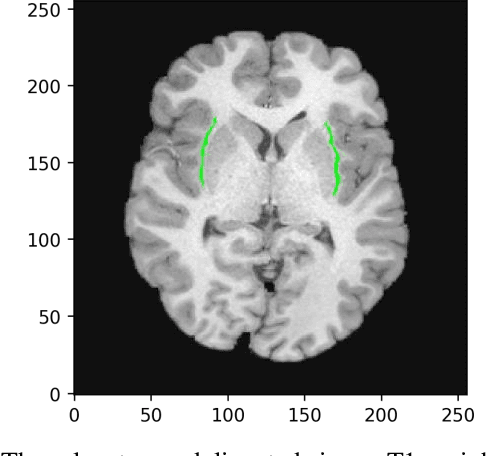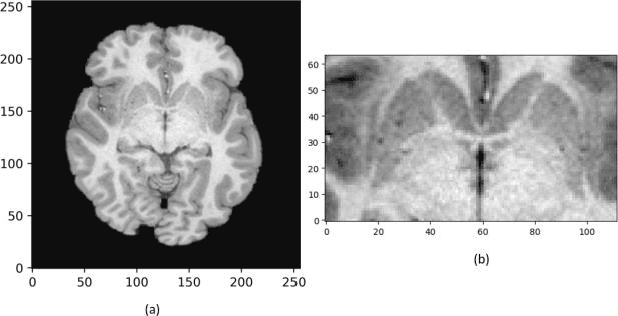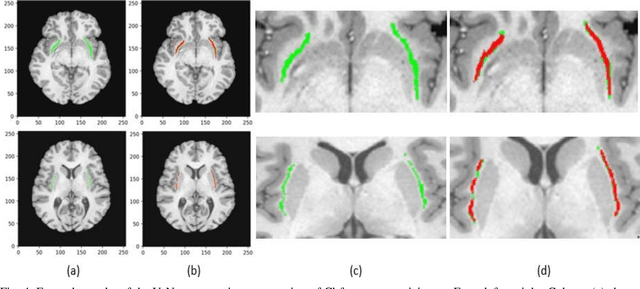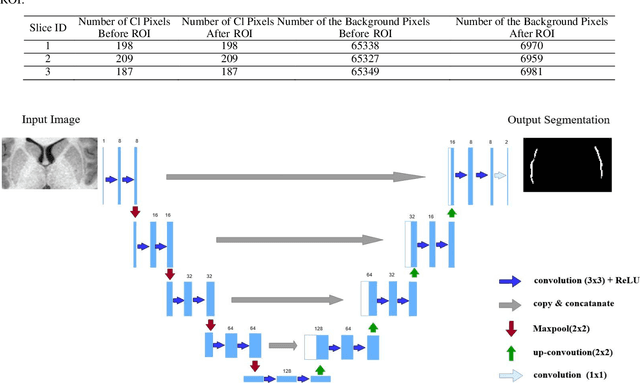Syed Jawad Hussain Shah
OCU-Net: A Novel U-Net Architecture for Enhanced Oral Cancer Segmentation
Oct 03, 2023



Abstract:Accurate detection of oral cancer is crucial for improving patient outcomes. However, the field faces two key challenges: the scarcity of deep learning-based image segmentation research specifically targeting oral cancer and the lack of annotated data. Our study proposes OCU-Net, a pioneering U-Net image segmentation architecture exclusively designed to detect oral cancer in hematoxylin and eosin (H&E) stained image datasets. OCU-Net incorporates advanced deep learning modules, such as the Channel and Spatial Attention Fusion (CSAF) module, a novel and innovative feature that emphasizes important channel and spatial areas in H&E images while exploring contextual information. In addition, OCU-Net integrates other innovative components such as Squeeze-and-Excite (SE) attention module, Atrous Spatial Pyramid Pooling (ASPP) module, residual blocks, and multi-scale fusion. The incorporation of these modules showed superior performance for oral cancer segmentation for two datasets used in this research. Furthermore, we effectively utilized the efficient ImageNet pre-trained MobileNet-V2 model as a backbone of our OCU-Net to create OCU-Netm, an enhanced version achieving state-of-the-art results. Comprehensive evaluation demonstrates that OCU-Net and OCU-Netm outperformed existing segmentation methods, highlighting their precision in identifying cancer cells in H&E images from OCDC and ORCA datasets.
Automated Human Claustrum Segmentation using Deep Learning Technologies
Nov 18, 2019



Abstract:In recent years, Deep Learning (DL) has shown promising results in conducting AI tasks such as computer vision and image segmentation. Specifically, Convolutional Neural Network (CNN) models in DL have been applied to prevention,detection, and diagnosis in predictive medicine. Image segmentation plays a significant role in disease detection and prevention.However, there are enormous challenges in performing DL-based automatic segmentation due to the nature of medical images such as heterogeneous modalities and formats, insufficient labeled training data, and the high-class imbalance in the labeled data. Furthermore, automating segmentation of medical images,like magnetic resonance images (MRI), becomes a challenging task. The need for automated segmentation or annotation is what motivates our work. In this paper, we propose a fully automated approach that aims to segment the human claustrum for analytical purposes. We applied a U-Net CNN model to segment the claustrum (Cl) from a MRI dataset. With this approach, we have achieved an average Dice per case score of 0.72 for Cl segmentation, with K=5 for cross-validation. The expert in the medical domain also evaluates these results.
 Add to Chrome
Add to Chrome Add to Firefox
Add to Firefox Add to Edge
Add to Edge